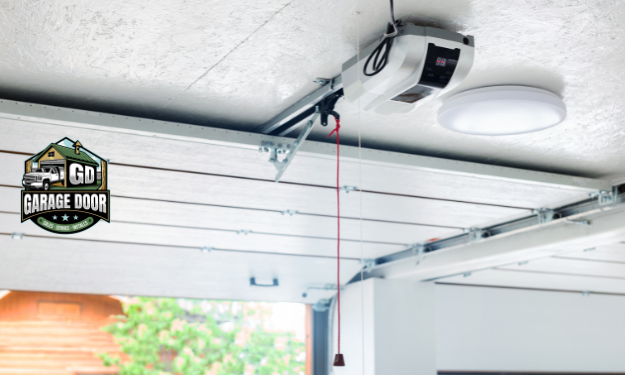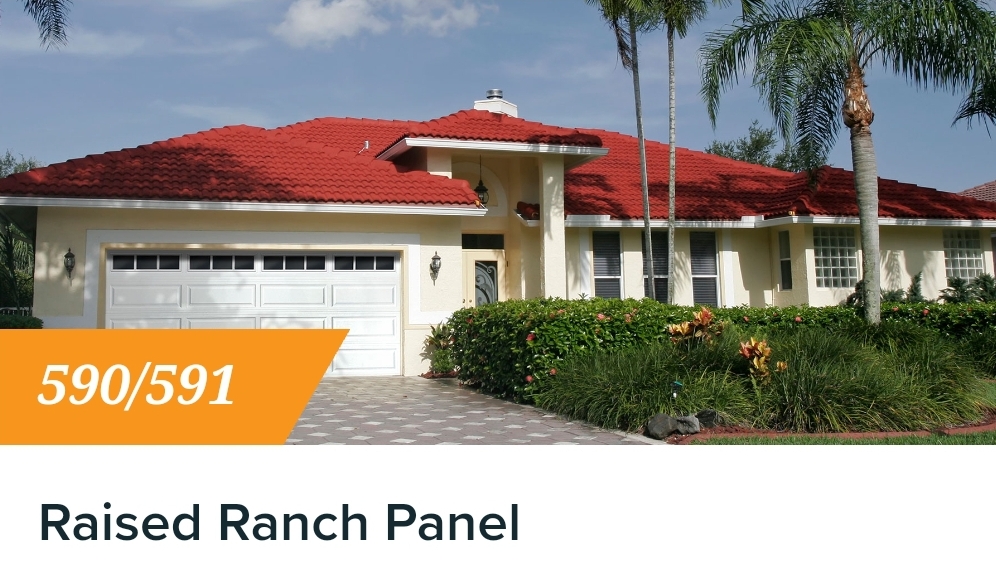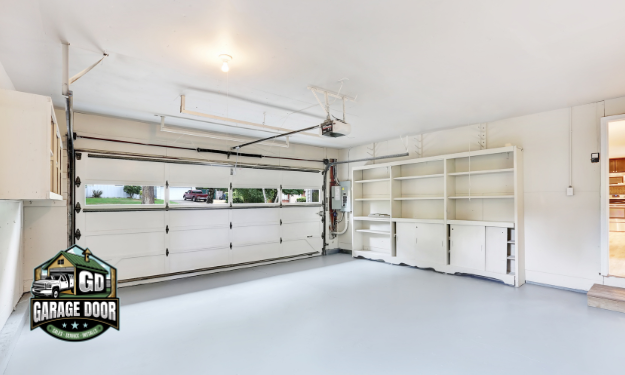Garage Door Spring Replacement
Today’s companies demonstrate environmental values around sustainability and community-based services, like recycling packaging debris from installations while properly disposing worn parts and insulation. Energy efficient doors with high insulation benefit homeowners through enhanced temperature regulation and lower energy bills over time. Rather than large national chains focused mainly on fast sales, established local companies deserve consideration for fostering customer relationships and personalized services valued by neighborhood patrons for decades. Consumers benefit from confidence in caring professionals protecting their most valued investments.



